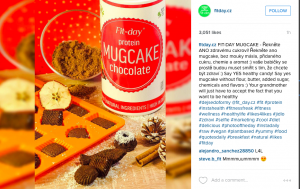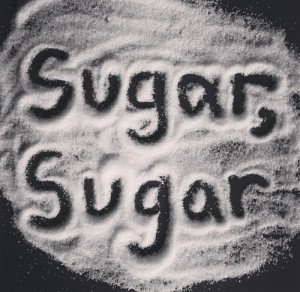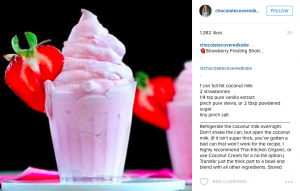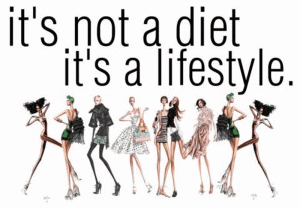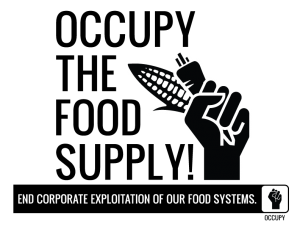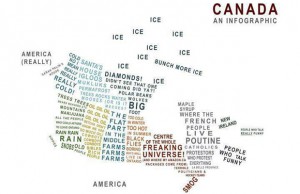Hello everyone! As you probably know, Justin Trudeau unveiled his cabinet today. I have so much hope for the future of Canada.
The top news story on CBC today was regarding smoked herring that Canada trades with Haiti, and the benefits of that. It talks about Haitians incorporate this into their diet with other food sources: rice, beans, vegetables, etc. It also mentions how many Haitians do not own a fridge and smoked herring does not have to be refrigerated so it is helpful to them to buy this. It is interesting how it mentions that the smoked herring is just one part of their meal, versus here where meat is central to our diet and rarely is accompanied with a substantial amount of vegetables or whole grains. Why is it that our Western diet is so wrapped up in meat? It seems that only if someone is dieting that they eat less meat, otherwise eating a large amount of meat is often praised in our Western culture.
This really connected to the main Tumblr post, which featured a meal with chicken being very prominent on the dish. Of course, chicken is seen as one the lightest, leanest sources of animal meat, so it still is signalling to the viewer that the poster is healthy and dieting, as the hashtags pronounce. Meat is central to our diet and rarely do we consider the economics, or the environmental impact of meat. We just view it for nutrition and health, without taking a larger picture of it, as the article of Haiti suggests that Haitians do: they value their food for the ways they create a meal with it, not having to put ingredients with it.
The top New York Times article was on children who are picky eaters. The article does a case study of a family that wanted to incorporate more vegetables and diverse meals to the family’s menu; even though their children were originally picky eaters. They found that the more they exposed their children to cooking and new ingredients, the more the children were willing to explore. The family found that now they eat much healthier and have new recipes that are diverse and healthier and the kids even like it. They provide a checklist of tips to the reader on how to deal with picky eaters. This article was really informative and interesting, as we continue to have very bland food in convenience stores and rising obesity rates.
The top Instagram post was also about making children happy with food as well. It pictures a boy drinking a hot chocolate from Starbucks, and presumably the Mom is saying that he is finally happy. This photo raised a lot of questions for me. Why do we teach children that junk food is such a treat? We do not teach our kids to look at the colours of vegetables, or teach them to grow herbs. We only make them eat healthy and then give them treats as a reward. Children should feel rewarded with healthy fresh food, kids can be excited about anything so we should try making them excited about the food they are eating.
Although these are not directly linked to the news stories, the social media posts are echoed through the new stories. It is interesting to see the most popular posts shift from day to day and how media reflects that. We absorb much of what we believe through the media so clearly the news is affecting how people think about food and post about food after absorbing that.
-A


